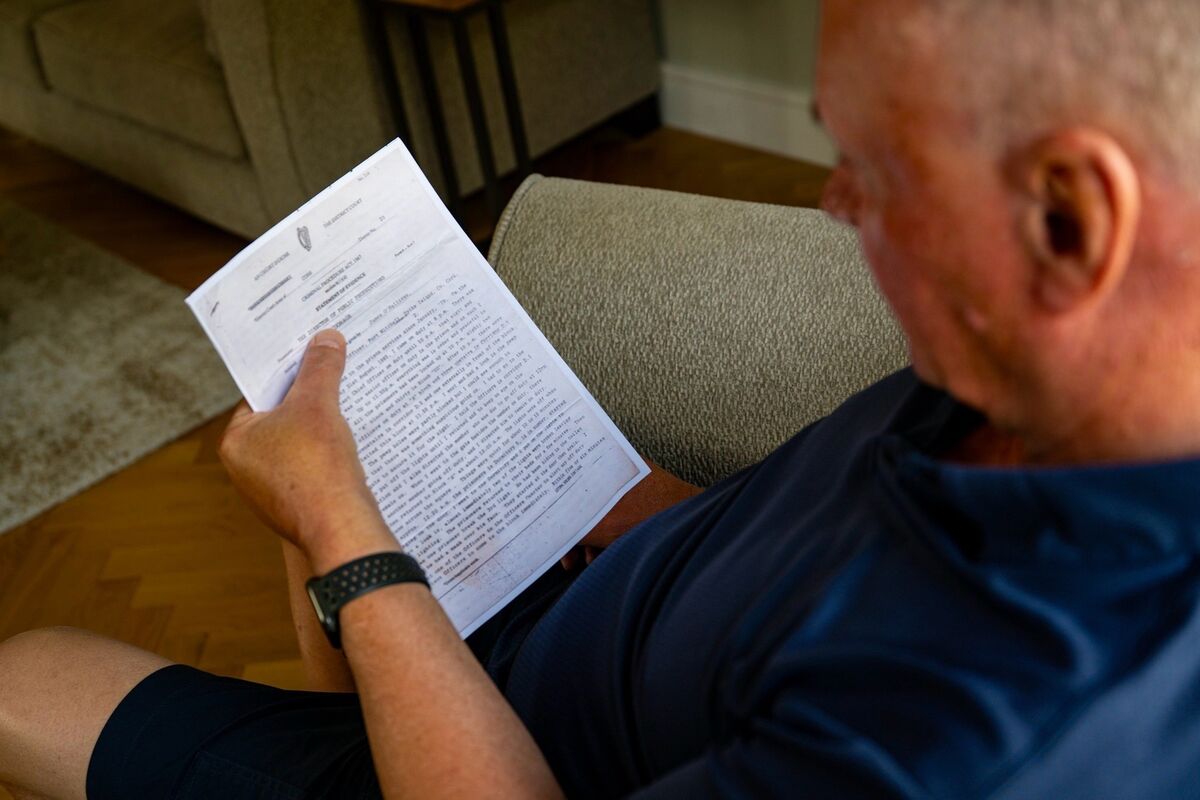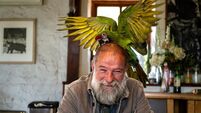My Life with Jim O'Sullivan: ‘Nothing could have prepared me for the Spike Island Prison riots’
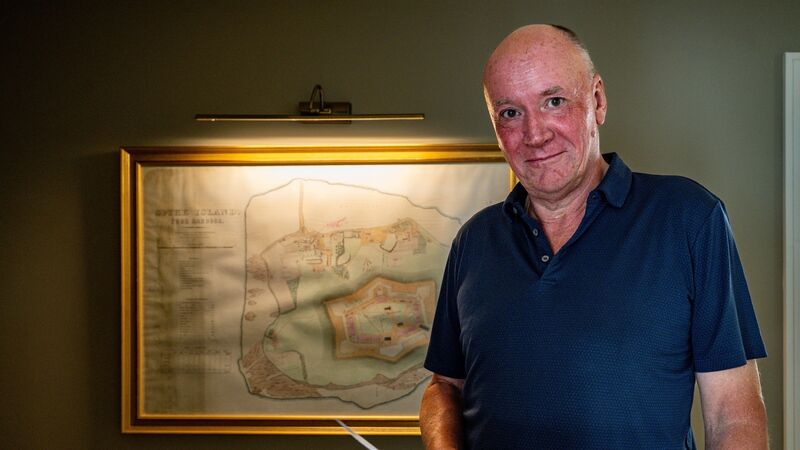
Jim O’Sullivan standing in front of a large framed photograph of Spike Island, where he served as a prison officer during the riots. Pictures: Chani Anderson
It started off like any other night shift in Spike Island prison before the unthinkable happened and inmates escaped in their droves.
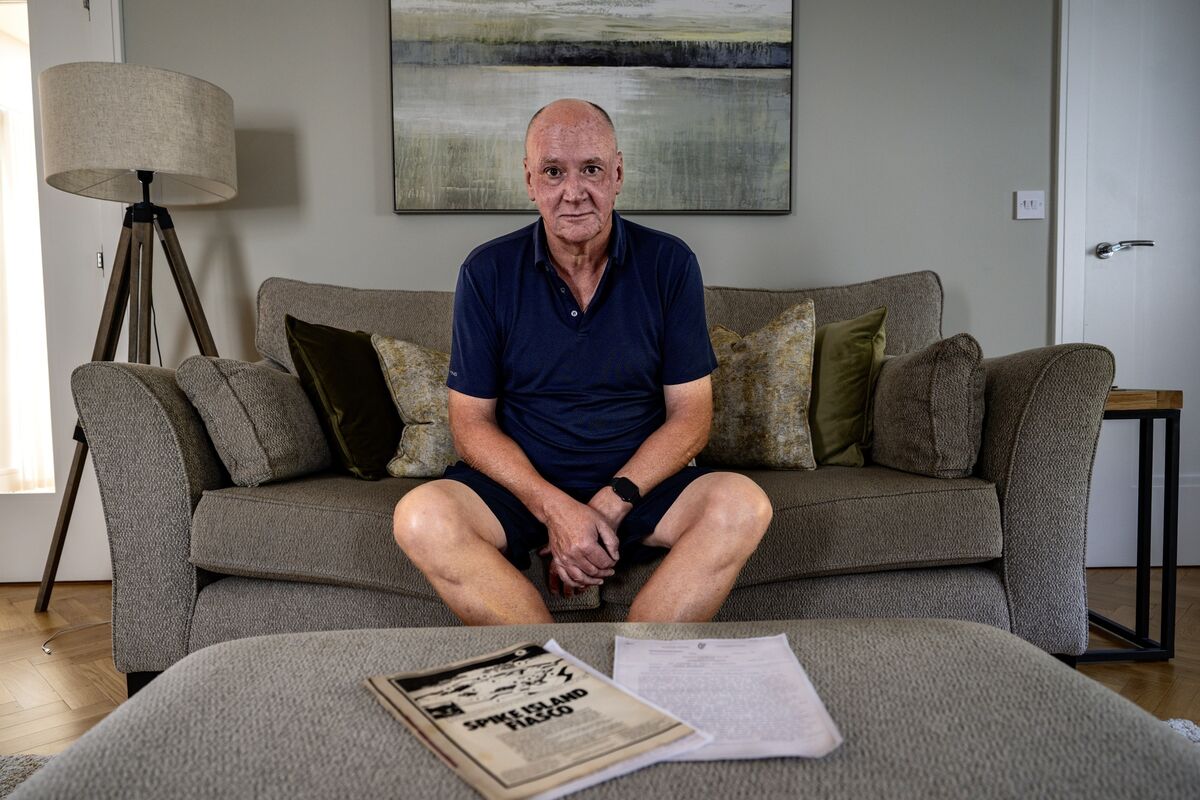
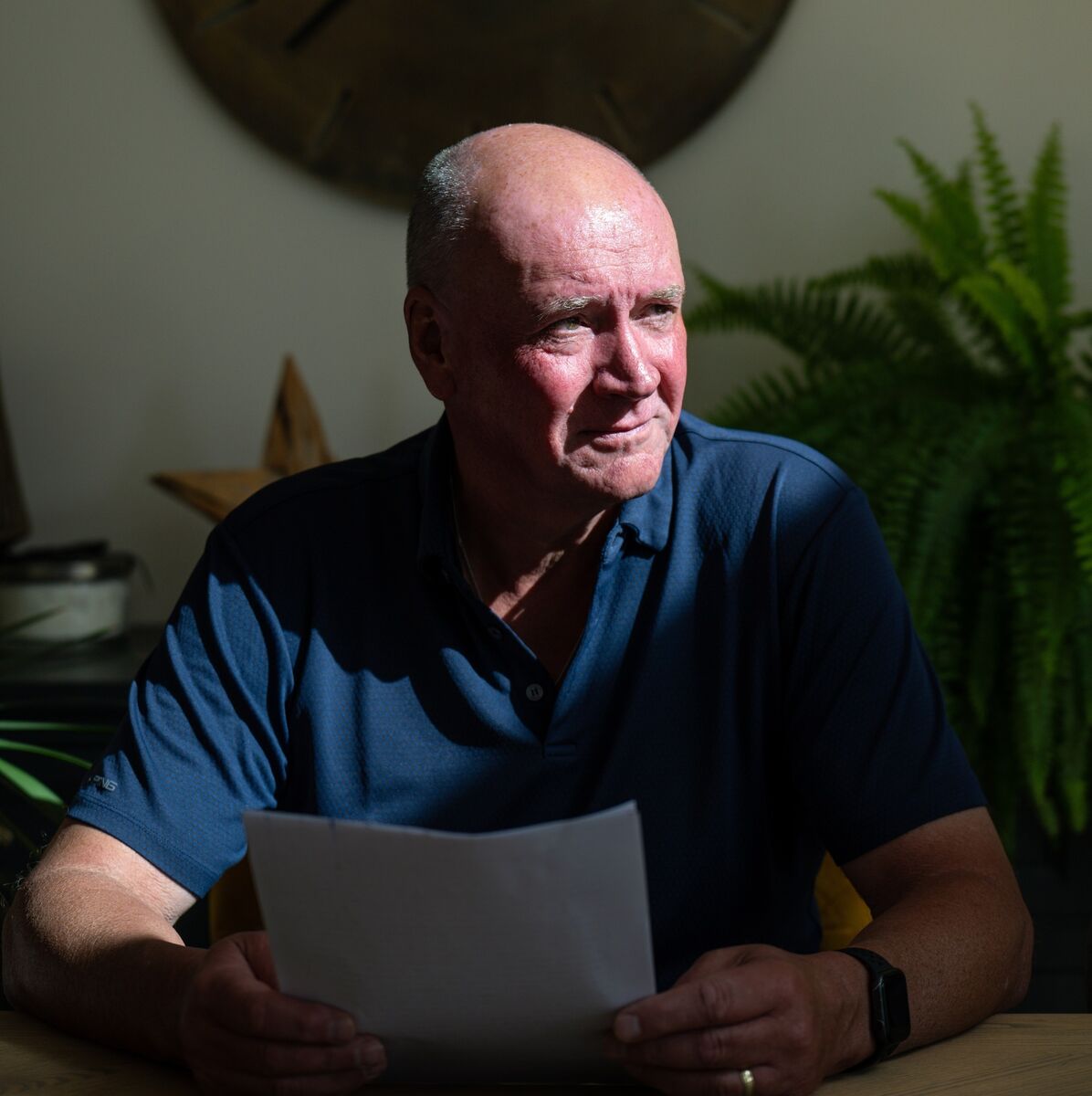
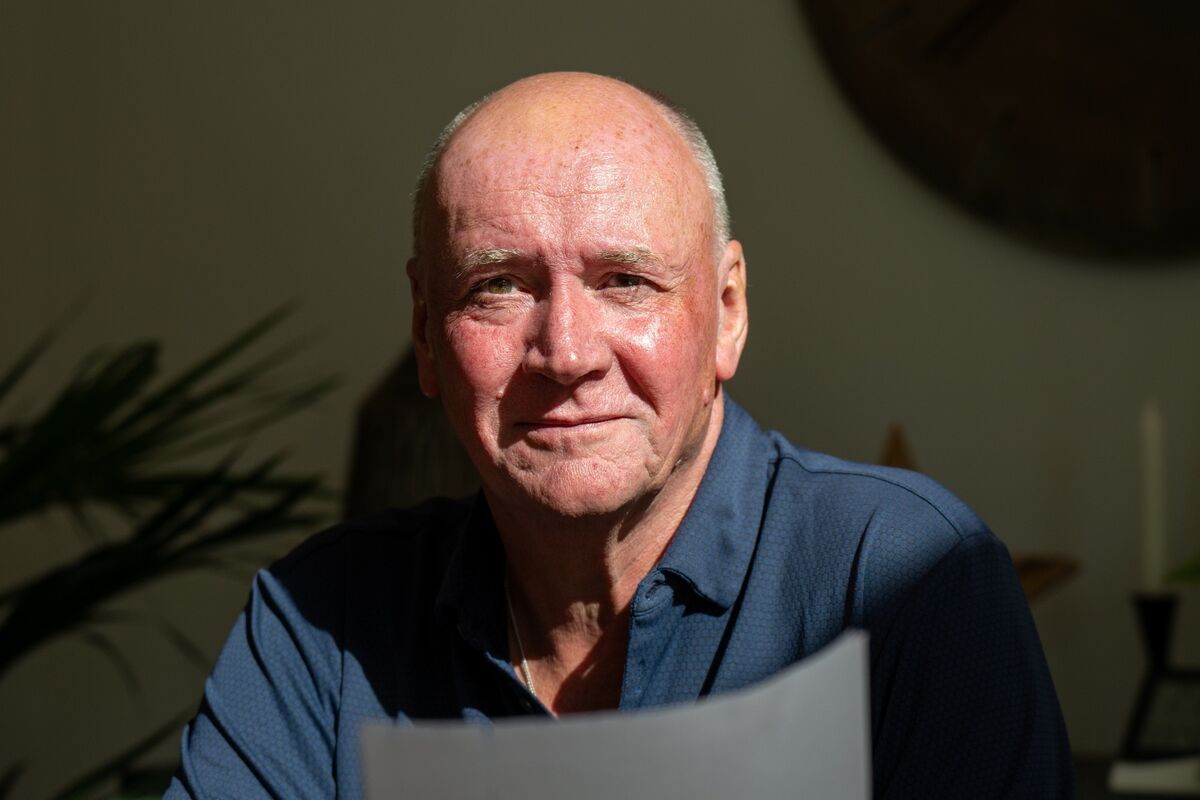
They were outside and we were inside another part of the prison, going nowhere. If the riot was planned they could have taken hostages on to a boat, but it was obvious they were winging it too.
